Labour and birthing positions
There are different types of labour and birth positions. We encourage you to try different positions during all stages of your labour to help your baby’s head to descend (move downwards through your pelvis), encourage your labour to progress; and help you to feel more comfortable.
You can try different positions that offer different benefits for labour and birth. Your Midwife is there to help you if you need any advice, and will let you know if another position is recommended to be best for you and your baby.
Hands and knees position
Many women and birthing people instinctively choose a hands and knees position. This position can feel soothing; and can be particularly helpful to encourage a baby to rotate into the best position for birth. A hands and knees position can often help if you are experiencing pain and discomfort in your lower back more than your lower abdomen (tummy) in labour.
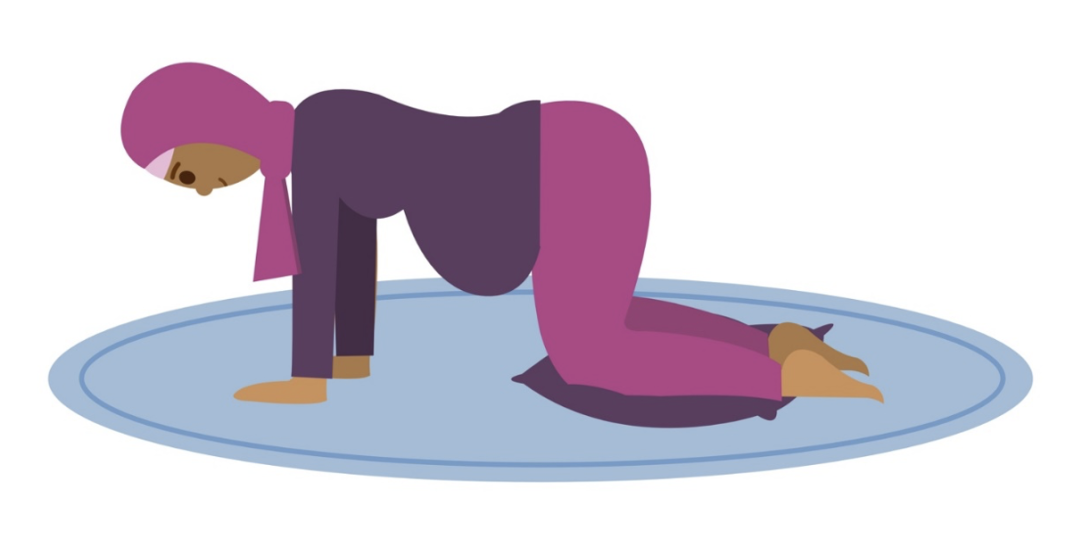
Laying on your side
Laying down on your side is good for resting, particularly during a long labour. This position helps full body relaxation and means you can relax as many muscles as possible in labour. Laying on your side can keep most of the pressure from the weight of your baby off your sacrum (bottom bone in your back); allowing your pelvis to naturally expand.
To get in to this position, lie on your side with your knees bent. To help baby descend even further, a pillow, rolled up blanket or stirrup can be used to support your upper leg.
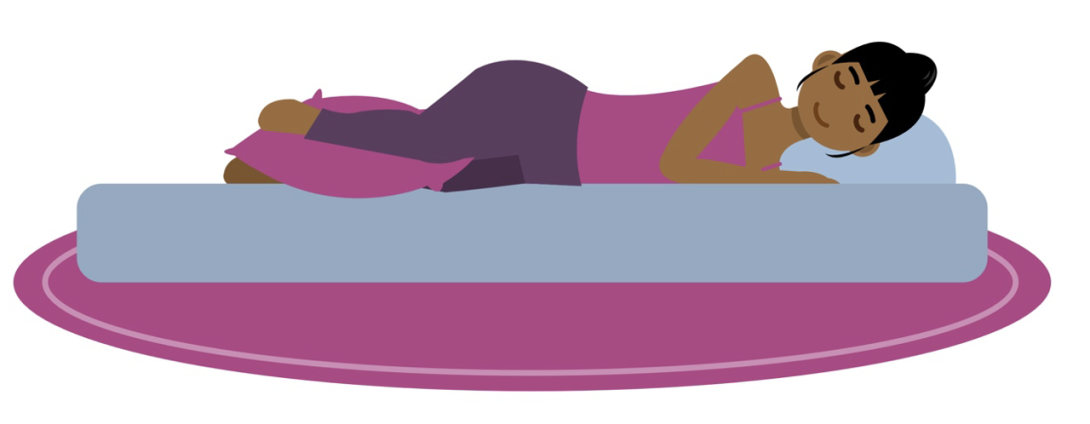
Lying on your side using a peanut ball
Peanut balls are a type of birthing ball. Using one between your legs whilst laying on your side can widen your pelvis, which may help shorten labour, lower the chances of a caesarean birth and reduce pain with contractions. Because you can use it while lying down, a peanut ball is a good option if you choose to have an epidural or choose to labour lying on a bed rather than staying upright. Using a peanut ball can feel soothing and can be helpful to encourage a baby to rotate into the best position for birth.
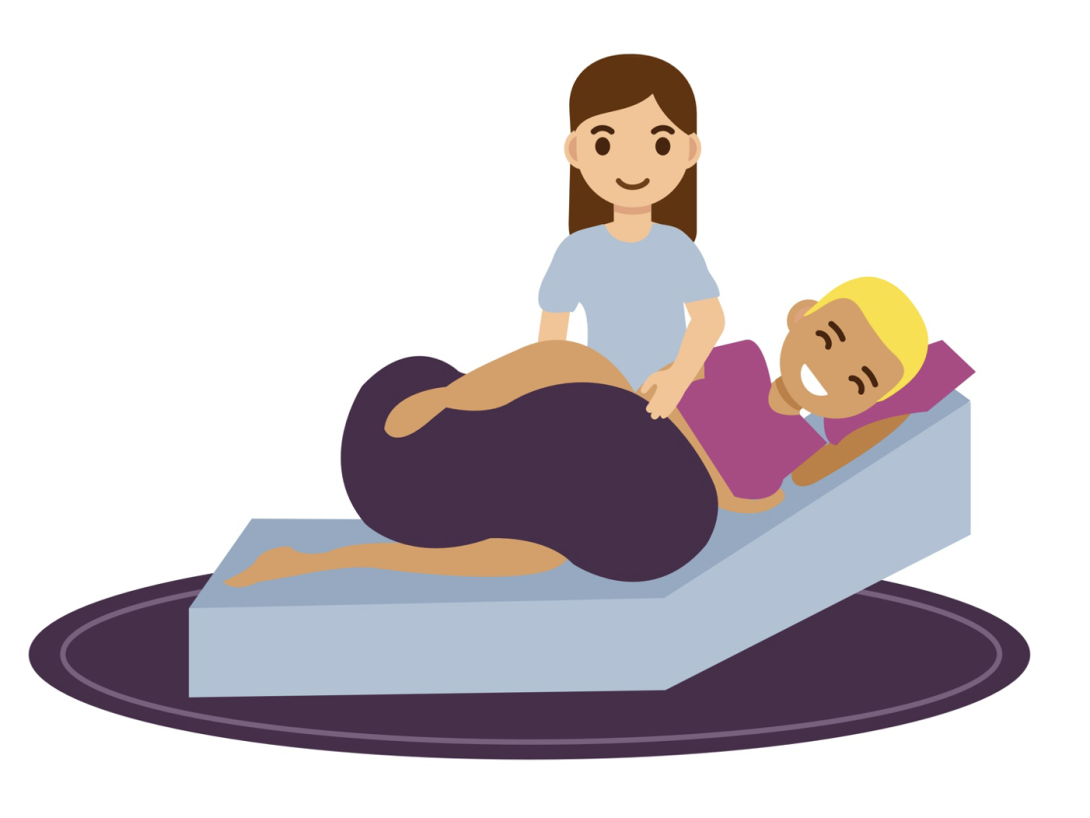
Squatting
Squatting positions can feel very natural to many women and birthing people during labour and birth, and many will get into this position when they feel the need to actively push. A squatting position is helpful to open your pelvis to allow baby to find a good position to be born. Squatting is often best done when there is the support of a birth partner or companion.
Another benefit to this position is that it helps put an even pressure on the vagina from the head of the baby, helping your baby to descend during the second stage of labour.
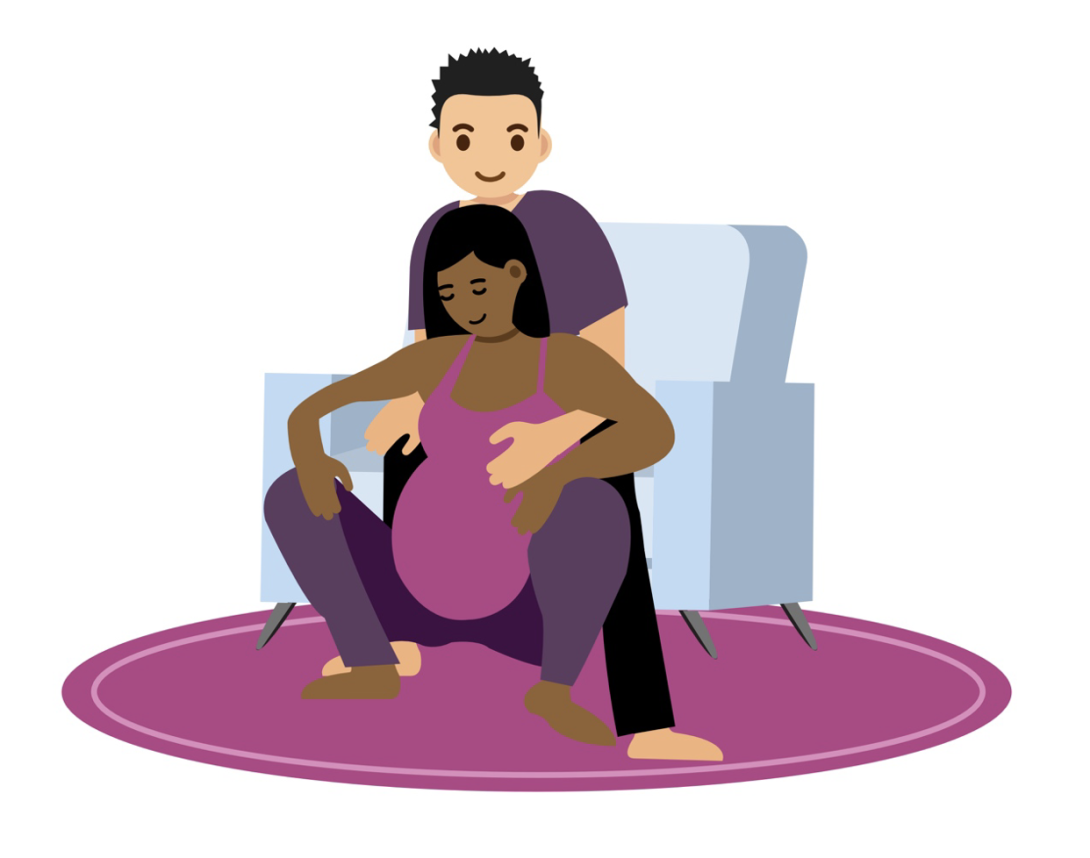
Using a chair, birthing ball or a bed to sit
Using an aid such as a birthing ball, chair or bed to help sit upright during labour can encourage gravity to help your baby’s head to descend whilst allowing you to rest. Sitting in an upright position is very different and better at progressing labour than a reclining position.
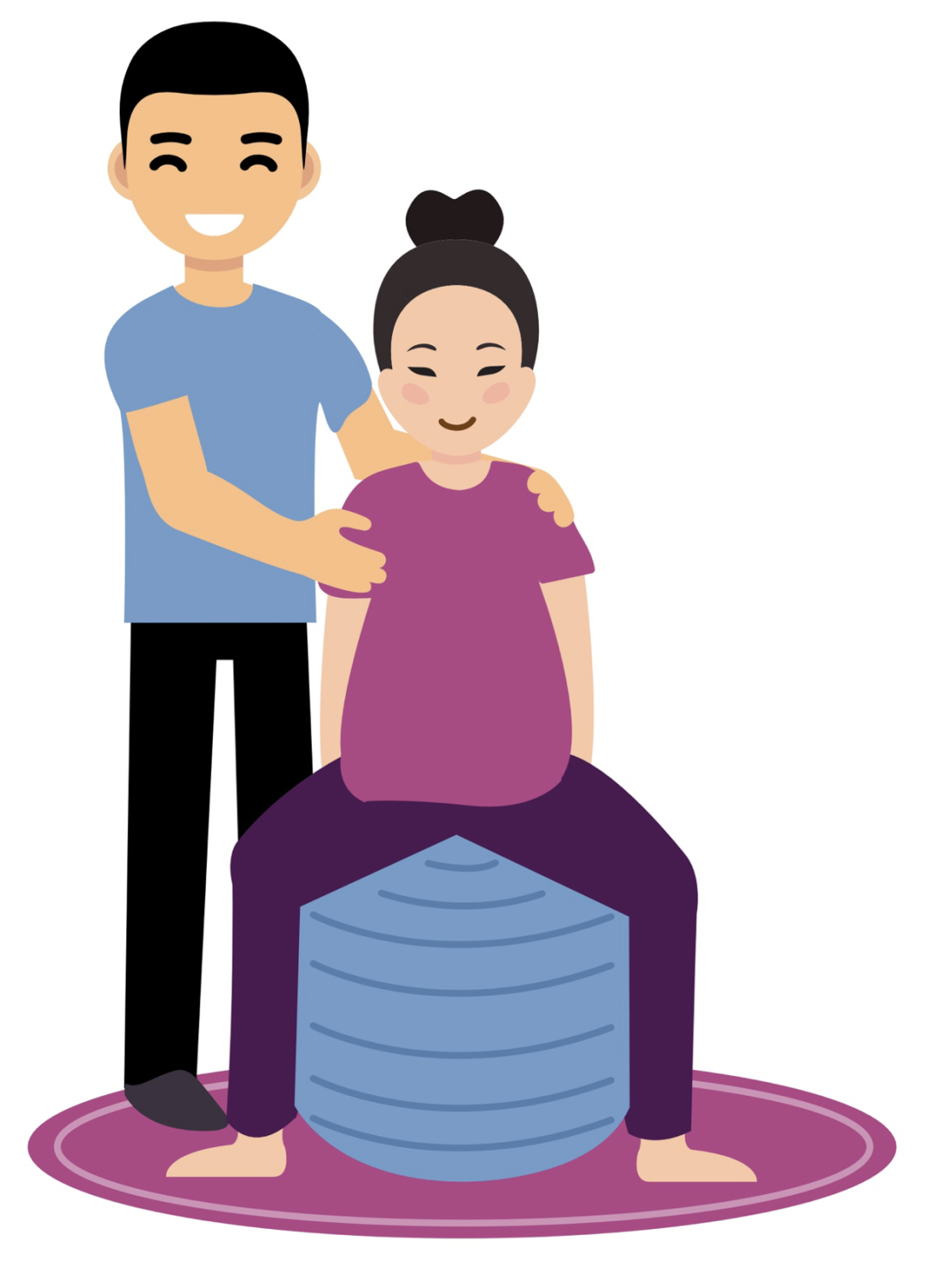
Standing and gentle walking during labour
Standing during labour encourages the use of gravity to help progress and the decent of a baby. Many women and birthing people instinctively circle their hips, or rock gently side to side. This circular or rocking movement often provides relief during the height of a contraction.
Some women and birthing people will find it more comfortable to stand in one place, leaning against the wall, a bed, or using your birth partner for support; whereas others will find it easier to walk gently during a contraction.
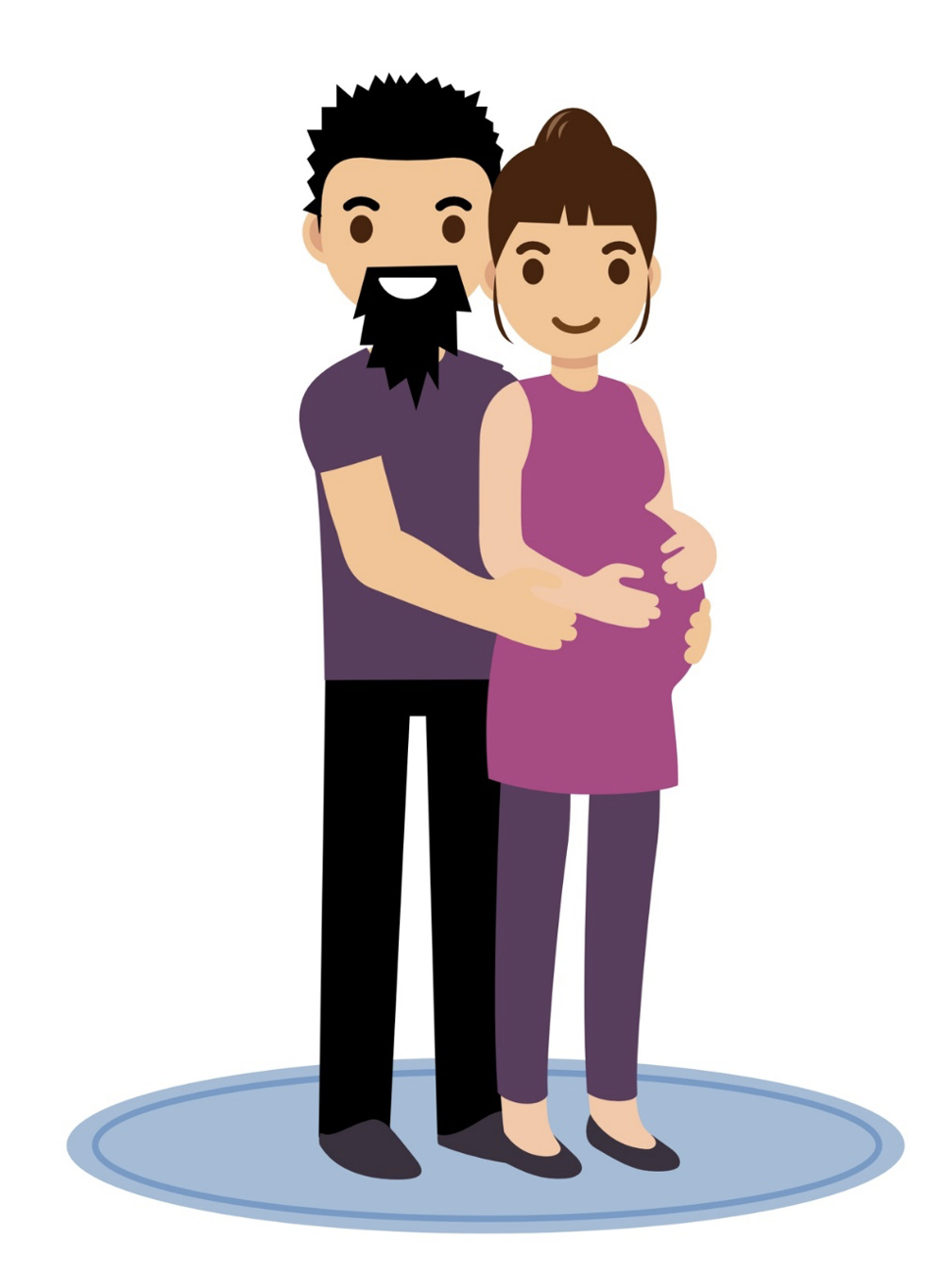
Using the pool during labour and birth
Most positions can be easily done and are safe to use if you choose to use a birth pool during labour and/or birth. Squatting can feel less tiring for your legs when using the water, and may be easier for you. Many women and birthing people naturally find themselves kneeling in the pool, leaning over the side. This position can be really good at relieving pain during labour, and uses gravity to help baby’s head to descend and rotate into the best position for birth.
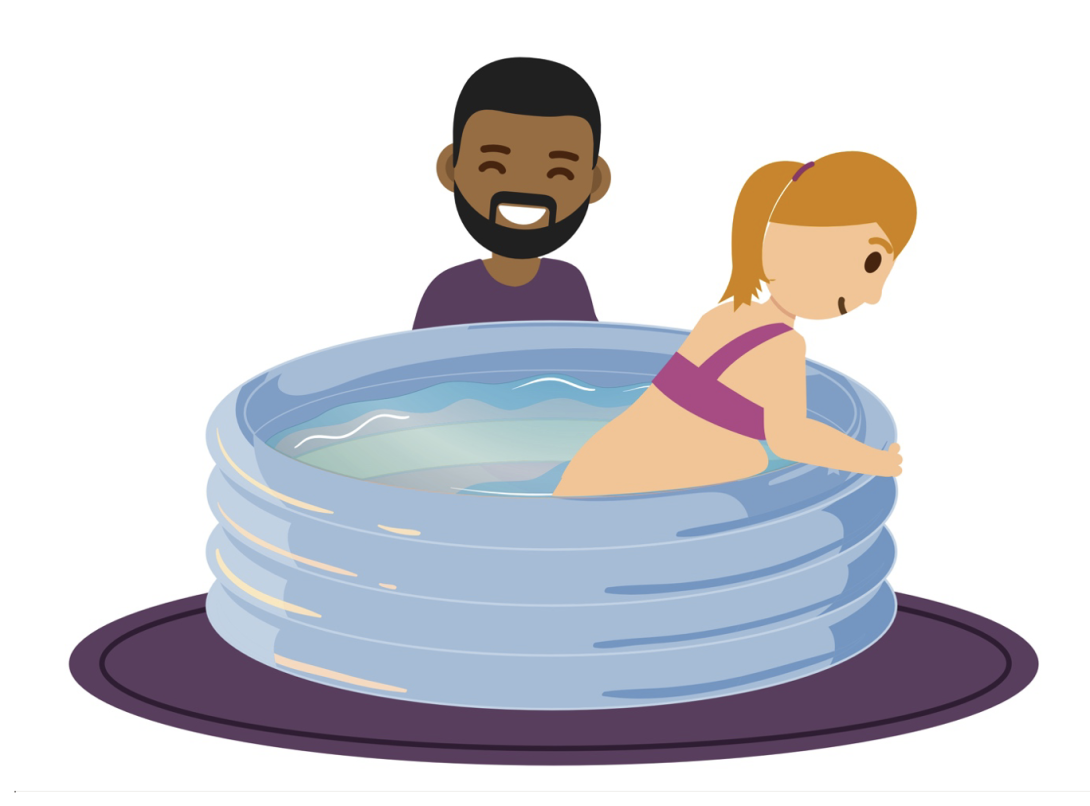
Produced by November 2023
Revision due November 2025. Version: 1.0
©The Rotherham NHS Foundation Trust 2023. All rights reserved
